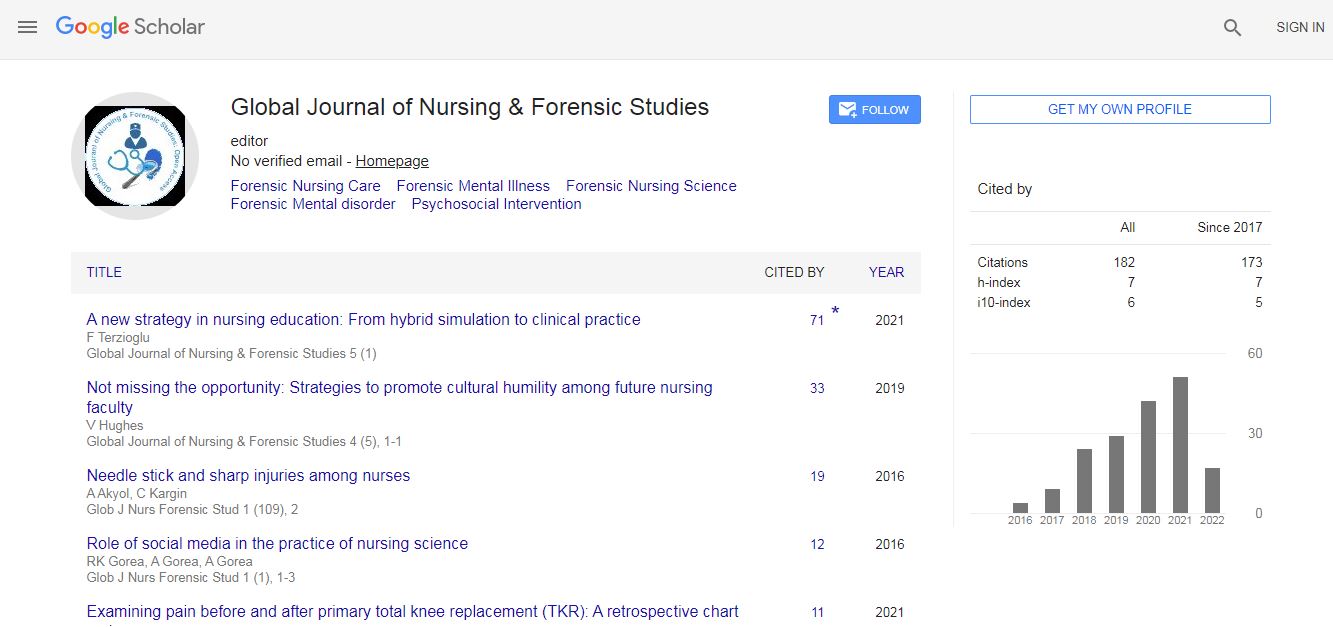Our Group organises 3000+ Global Conferenceseries Events every year across USA, Europe & Asia with support from 1000 more scientific Societies and Publishes 700+ Open Access Journals which contains over 50000 eminent personalities, reputed scientists as editorial board members.
Open Access Journals gaining more Readers and Citations
700 Journals and 15,000,000 Readers Each Journal is getting 25,000+ Readers
Google Scholar citation report
Citations : 82
Optometry: Open Access received 82 citations as per Google Scholar report
Indexed In
- Google Scholar
- RefSeek
- Hamdard University
- EBSCO A-Z
- Euro Pub
- ICMJE
Useful Links
Recommended Journals
Related Subjects
Share This Page
Scleral lenses: Mexican experience
World Congress and Expo on Optometry & Vision Science
Jose Luis Monroy
La Salle University, Colombia
Keynote: Optom Open Access
Abstract
Statement of the Problem: Keratoconus is a progressive and idiopathic disease in which the cornea develops into an irregular and conic shape. The clinical signs include thinning of the cornea in its central or paracentral region, an apical protrusion that results an irregular astigmatism, and this condition can progress. Keratoconus is the most common form of dystrophy or corneal ectasia, with an incidence of 50ΓΆΒ?Β?230 per 100,000 persons. In Mexico, the research on keratoconus is scarce; the articles published show statistics that are similar to those in international literature, which indicates a higher prevalence in male patients with a mean age of 24.5 years. The incidence is about 1/2000 people in the general population in Mexico. Medical management with scleral lenses is a viable treatment for vision rehabilitation. Methodology & Theoretical Orientation: Retrospective, cross-sectional, observational, descriptive study of 66 patients with diagnosis of keratoconus and other secondary ectasias post refractive surgery was done; and for those who were followed from 2014, we are fitting them with scleral contact lenses. Findings: We have found two particular situations in patients fitted with scleral lenses in Mexico: in 80% of cases a significant impingement occurs in the scleral area with lens diameter of 15.8 mm and above, and due to this, peripheral areas need proper for better alignment of the edge with the sclera or smaller diameters. The other situation is that in 34% of cases the adjustments to the front surface due to the presence of residual astigmatism resolving this situation with toric designs have been made. Conclusion & Significance: Scleral lenses provide excellent vision correction and superior comfort compared to traditional contact lens options for the management of keratoconus and other ectasias post refractive surgery. In most of cases scleral lenses provide a really visual rehabilitation. Scleral lens should be considered before surgical intervention. However, lens designs should be improved especially in the landing zone.Biography
José Luis Monroy is an Optometrist and graduate of La Salle University in Colombia (1987). He is experienced in eye-care business and professional in Optical/Ophthalmologic and Optometry industry channels in Latin-America with 29 years of clinical, academic and business experience. He is actually a Senior Clinical Optometrist and Researcher at Unidad Oftalmológica del Valle in México City. He is the Commercial Director of Yolia Health and the Academic Director of the Institute of Continuing Education in Optometry in Mexico. He is the Professor of Graduate Contact Lens Fitting Post Refractive Surgery at Universidad Nacional Autonoma de México (UNAM). He is the President and Founder of the Latin-American Association of Contact Lens and Cornea.
Email: jlmonroy_99@yahoo.com

 Spanish
Spanish  Chinese
Chinese  Russian
Russian  German
German  French
French  Japanese
Japanese  Portuguese
Portuguese  Hindi
Hindi 